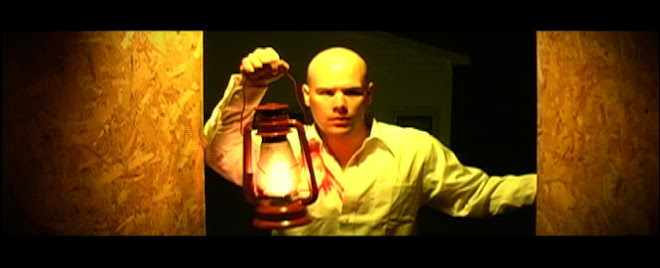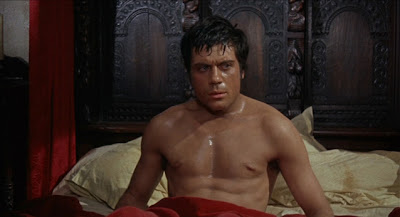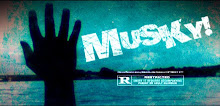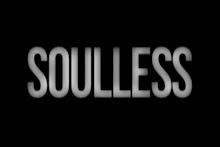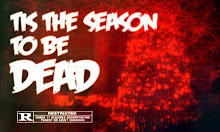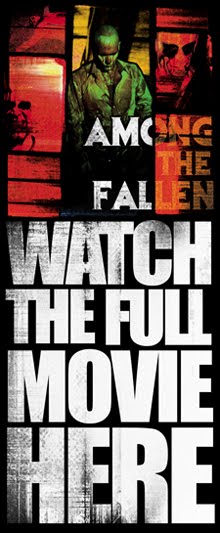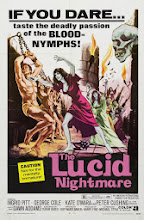 |
| Agent 3S3 Massacre in the Sun (1966) |
 |
| Fright Night (1985) |
 |
| Hell of the Living Dead (1980) |
 |
| Total Recall (1990) |
 |
| The Martian Chronicles (1980) |
 |
| Agent 3S3 Massacre in the Sun |
 |
| Fright Night (1985) |
 |
| Juan of the Dead (2011) |
 |
| Hell of the Living Dead (1980) |
 |
| The Martian Chronicles (1980) |
 |
| Total Recall (1990) |

